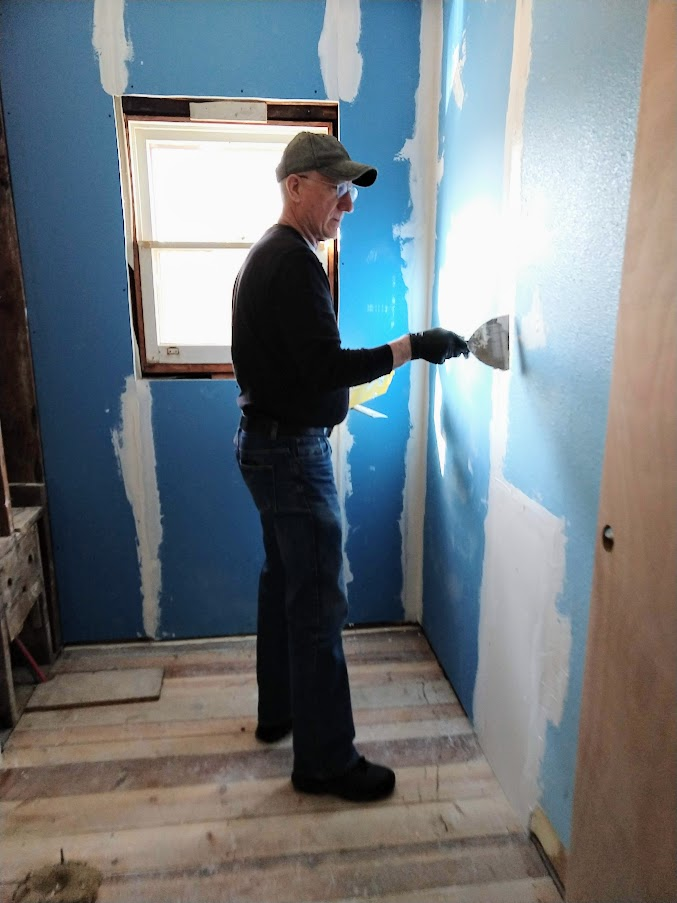 AVERY WEST
AVERY WEST
Member Engagement Director
Read more from Avery
Listen to this article:
Around the country, charity leaders point out affordable housing is one of their biggest needs. Unfortunately, many don’t have the capital, expertise, or time to manage a property.
Some solve this problem by partnering with landlords with a heart for ministry. The landlord provides the housing and property management, while the organization provides residents with mentorship, budgeting, and goal-setting.
In this article, we’ll highlight two ministries that have developed different but effective partnerships with landlords: Bridge of Hope’s stable housing partnership and New Futures’ transitional housing program.
Bridge of Hope
Bridge of Hope is a national organization with twenty-one locations around the country. Their unique model partners a family facing homelessness with a case manager and six to ten “neighboring volunteers” from a local church. Bridge of Hope works through their networks of landlords to find housing for these families and walks with them for about 20 months. “Our ultimate goal is to recruit a landlord willing to commit to a long-term tenant relationship,” says CEO, Edith Yoder. They typically see landlords renew with a family at least once, with some offering subsequent renewals.
According to Edith, willing landlords are hard to find. That’s why Bridge of Hope has dedicated staff members who recruit them through church presentations, community events, and real estate associations. “If you just tack it on to somebody’s job description, it’s likely not going to happen,” she warns. “And one of the things we’ve learned,” Edith says, “is that we don’t treat landlords like they’re dispensable. Once we have a landlord partner, we really want to honor them.”
They’ve learned other lessons along the way, too. For instance, thirty years ago, they co-signed leases with participants, which made Bridge of Hope responsible for paying the lease if the tenant couldn’t. If a family continued to come up short on rent, Bridge of Hope had no authority or leverage to encourage a family to end the lease. “We stopped doing that pretty quickly,” laughs Edith.
In addition to their standard model (where Bridge of Hope makes the connection between landlord and tenant, but has no involvement with the lease) they recently adopted a master lease program where they rent a property from a donor (say, an unused parsonage) at a 30-50% discount — and then hire a property manager to facilitate the tenant relationship. The families don’t know Bridge of Hope is the ultimate renter because they only interact with the property manager. Edith says that’s an important boundary because “we don’t have to be the one saying ‘You can’t let toys be spread out all over the front yard; all the neighbors are complaining.’ It allows us to keep case management very separate so the case manager can focus on being the advocate for the family.”
In urgent cases, such as when a family has spent 60 days trying to find housing with no success, Bridge of Hope may serve as a lease guarantor to ensure rent is paid. (The family is never made aware of that arrangement). This extra financial backing makes landlords more willing to rent to riskier tenants — and gives the tenants a chance to build credit and a positive relationship with their landlord. Bridge of Hope has a 100% success rate with families re-signing their lease after a year (with no guarantor agreement in the second year).
The ministry has also learned to use “progressive engagement” rental assistance which involves paying the security deposit and first month’s rent. The case manager and family develop a plan for what part of the first three months’ rent the family can pay, with Bridge of Hope making up the difference. That process is repeated every three months with the family bearing more responsibility and Bridge of Hope shouldering less. The average family receives about $10,000 in rental assistance during their time in the program.
Edith says requirements that were once standardized have given way to a more flexible approach to accommodate unexpected setbacks like a job loss or hospitalization. “Our philosophy in general,” she explains, “is that the family is the driver of the program, and we enter into a relationship with them, accompanying them and helping them get where they want to go with their goals.”
Also, she explains that “one of the things that we have learned is that if we are skimpy with our rental assistance, families are more likely to cycle back into homelessness after leaving the program. We don’t want one emergency or broken-down car to spiral them down into a place of being evicted. Our posture continues to be that we extend generosity to be able to build up stability for our families in the long run.”
Bridge of Hope helps families not only avoid homelessness but develop long-lasting relationships with local church volunteers and landlords. In short, their goal is to work themselves out of a job — and they do it time and time again. If your organization or church is interested in bringing Bridge of Hope to your area, you can explore options for launching program sites and affiliates here.
New Futures
In Huntsville, AL, two landlords approached Tayna Raines and the team at New Futures (NF) for help with a tenant facing eviction and another facing a job loss. They knew the relationships, case management, and goal-setting NF provides could help these families. As a result, a landlord partnership was born.
Unlike Bridge of Hope, New Futures’ program is explicitly transitional. Families stay in units for up to a year (though for most it’s around six months) working with New Futures staff to find permanent housing. Tayna typically knows the families because they’ve spent time in NF’s emergency shelter. They know she cares about them — and that she means business when she explains the housing is temporary so they can move on to something better.
New Futures has an MOU (memorandum of understanding) with a few landlords: For a market rate of rent, landlords agree to furnish the apartment, cover utilities, and waive a deposit. New Futures agrees to serve as the case manager, visit the apartment every 30 days, communicate with the family about needed repairs, and pay rent. There is no standard lease because, “If a family finds a permanent situation, I want them to be able to move out next week,” Tayna says. And because a long waiting list means there is always a new family ready to move in, landlords typically don’t lose income. On those rare occasions when a unit is unoccupied, New Futures doesn’t pay rent.
Tayna shares that collecting rent every week, rather than every month, helps families budget housing expenses. The New Futures staff uses the collection time to ask how the family is doing, about needed repairs, and if they are available to come to a home-buying course. It also serves as a chance for Tayna to educate tenants on what it means — and doesn’t mean — to be a good renter. For instance, paying rent on time is a given. But sometimes families are too intimidated to mention a leaky pipe. That’s when she can explain standard repairs are the landlord’s responsibility and reassure the family it’s not their fault.
If a family’s inability to pay rent becomes an issue, New Futures’ first-hand knowledge of the situation allows for more grace, when appropriate. For instance, one man’s recent car accident hospitalized him for three weeks. NF partnered with a local church willing to cover his rent until he returned to work. In cases where additional leniency isn’t the correct response, the NF staff helps families find other programs that will increase their chance of success.
Of course, because it’s a ministry, there is some risk involved for the landlords. Sometimes families leave a unit in poor condition, leaving the landlord to bear the cost of preparation for the next tenants.
While every family’s story doesn’t have a happy ending, Tayna has seen beautiful transformations take place — like the family who started the program after living in their car and were habitually late paying rent. After a few months of effective, compassionate case management, if their invoice didn’t arrive by Friday morning, Tayna got a text asking why she hadn’t emailed it!
To someone thinking of starting a similar program, Tayna encourages them to begin by finding one landlord willing to take the risk with one unit for six months. In her experience, once landlords see the process and learn to trust the New Futures team, they are willing to open up more and more units to the ministry.
In her words, “It really is something everyone can do.”
For a practical guide about starting your own transitional housing program, including sample applications, handbooks, and case management plans, check out True Charity’s Transitional Housing Model Action Plan. Not a Network member? Join to access practical tools and training!


 BETHANY HERRON
BETHANY HERRON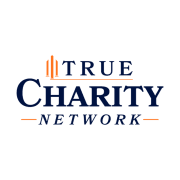
 STEVE LYON
STEVE LYON


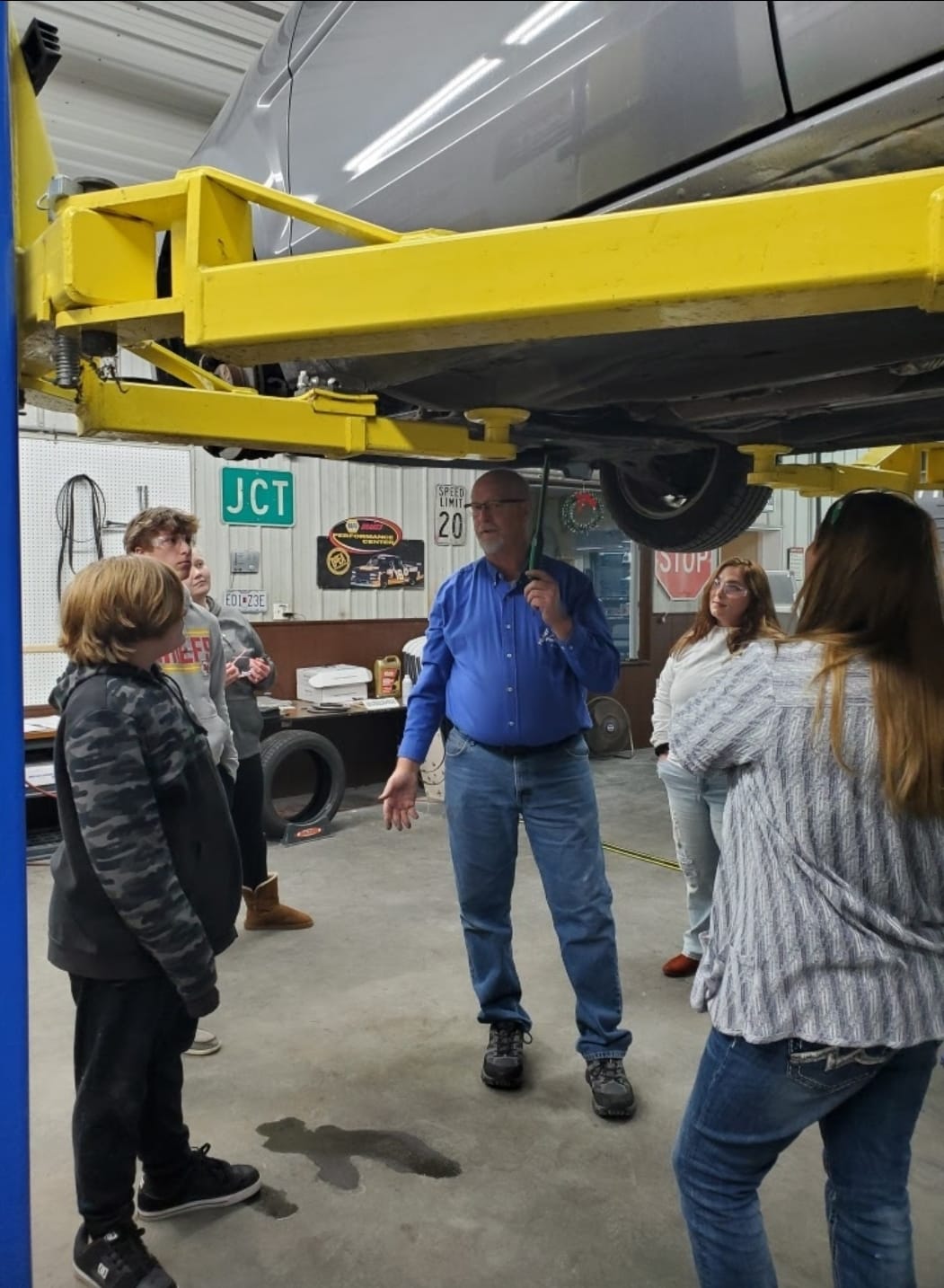



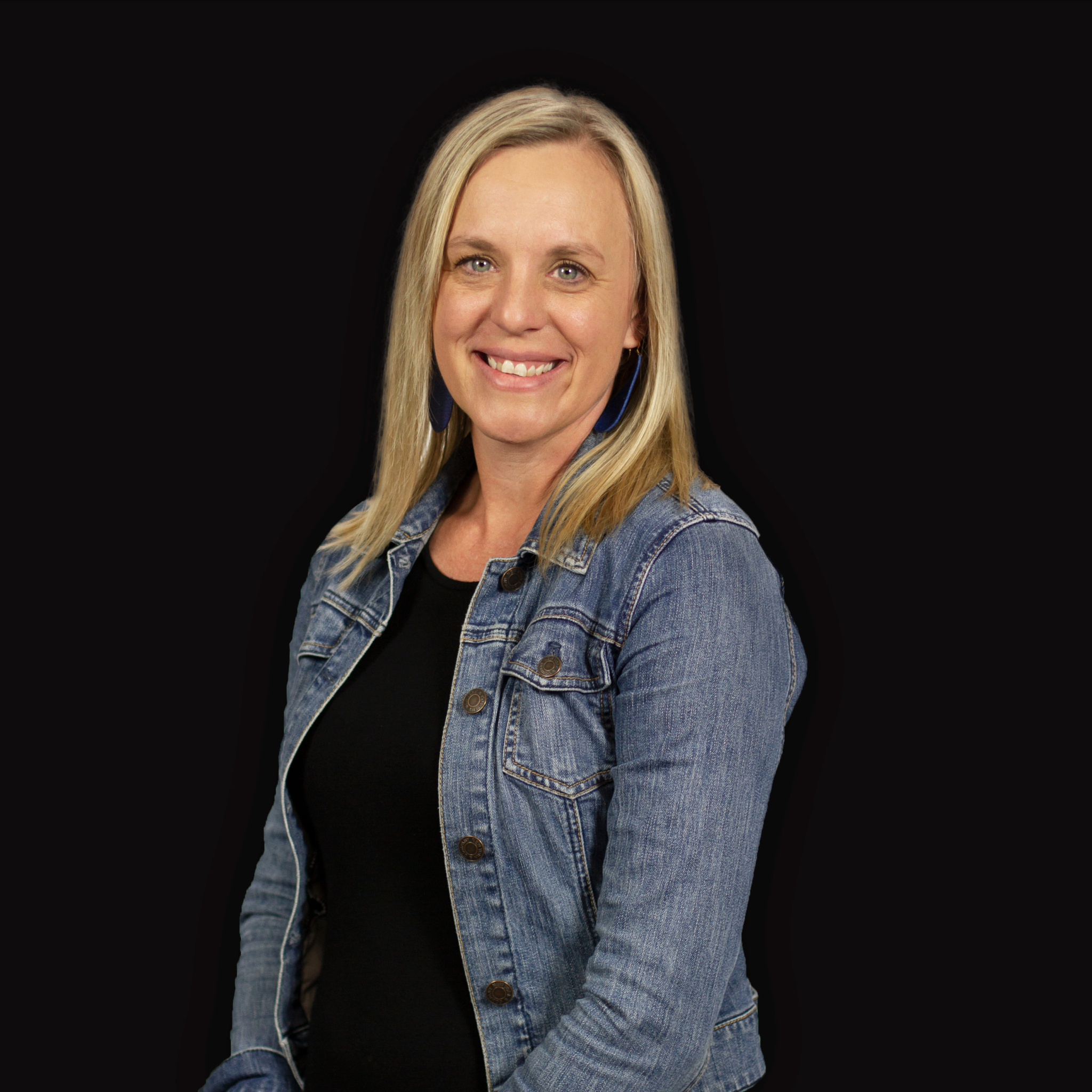



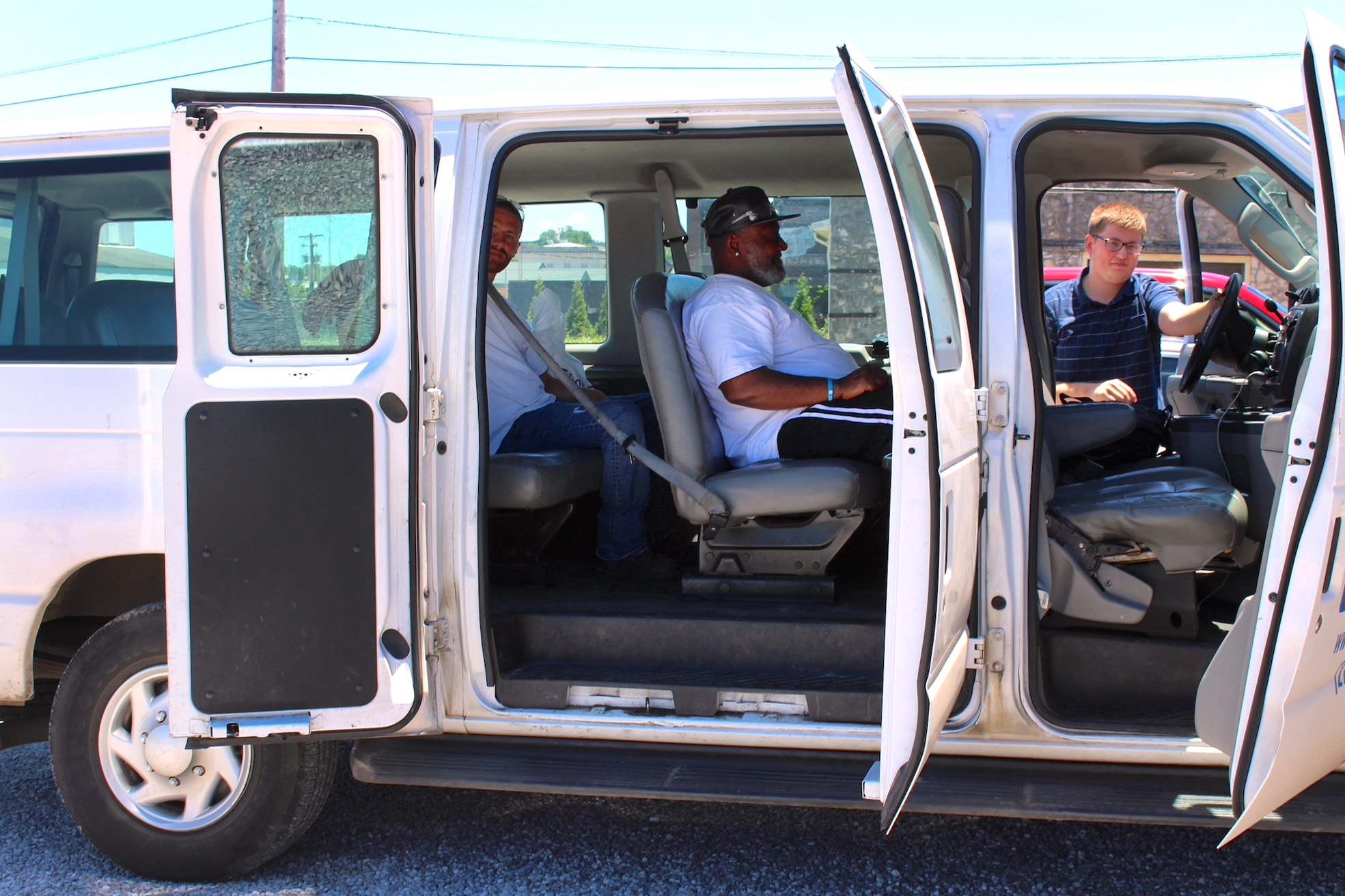 Hope House of Bowling Green, Kentucky is removing that barrier with their
Hope House of Bowling Green, Kentucky is removing that barrier with their 


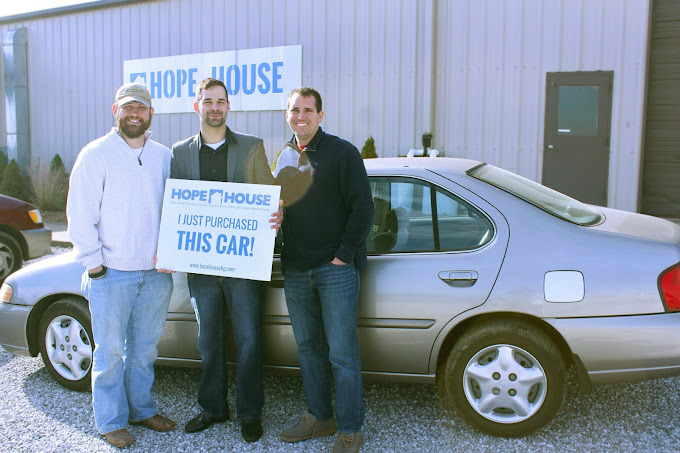 For those ready to own their own transportation, Hope House offers another service to their community – its
For those ready to own their own transportation, Hope House offers another service to their community – its 
